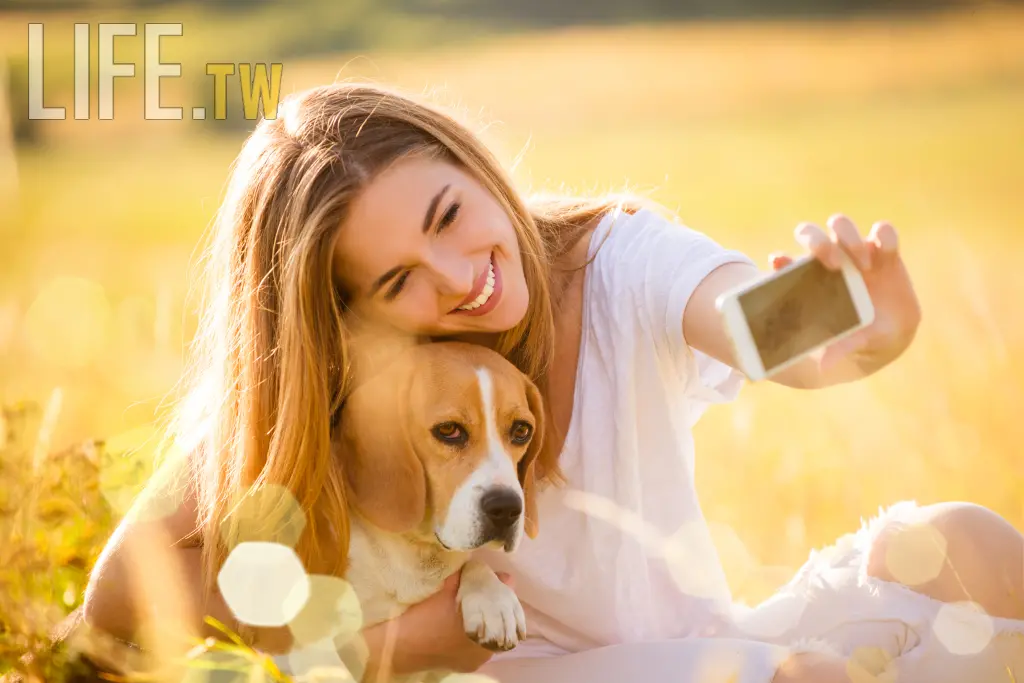Learn the Secrets of Successful Dog House Training from Renowned Dog Behaviorists
Are you at your wit's end dealing with your new puppy's 'accidents' around the house? Fear not! Our comprehensive guide to dog house training, packed with insights from top-notch dog behaviorists,
will empower you to transform your home from a scene of chaos into a calm, mess-free haven. Dive into our tried-and-tested strategies that promise to make the house-training journey smoother and
more rewarding for both you and your four-legged friend.

Penned by eminent canine training experts, Sue Sterberg and Jacque Lynn Schultz, this comprehensive guide unravels the fundamentals of house training your dog. With vast experiences fostering dogs
and offering shelter to homeless canines at Rondout Valley Kennels in Accord, NY, as well as in their roles as Companion Animal Program Consultants, they lend invaluable insights and effective
techniques to help seamlessly transition your dog into its new home.

Embarking on Your House Training Journey
Bringing a new four-legged member into your family is an adventure filled with joy, love, and its own set of challenges. For first-time dog owners, one of the initial obstacles is invariably house
training. Regardless of whether your new addition is a young puppy yet to learn basic etiquette or an adult dog unfamiliar with house rules, house training sits at the top of the lesson plan. Even
for dogs previously house-trained, moving to a new home often requires a refresher course on the essentials.

The Fundamentals of Effective Dog House Training
Balancing fast-paced modern lifestyles with the necessity of house training your dog may appear overwhelming. You might be juggling a demanding job that doesn't sync with your puppy's developmental needs or perhaps reside in a property without a fenced yard. But worry not, we provide key strategies that can turn house training into a less arduous task:
Consistency: Design a consistent daily routine including regular feeding times and the same door for outdoor access. By doing so, your dog will soon associate certain spots or even phrases with their need to relieve themselves.
Supervision: Always keep a watchful eye for any signs indicating your dog's need to go outside. Whining, circling, or squatting are common cues.

Patience: Exercise patience and remain calm during their learning process. Refrain from punishing your dog severely after an accident as it can lead to fear and confusion.
Confinement: Utilize crates or defined spaces to assist them in understanding the correct locations for elimination. Make sure you don't confine them beyond their bladder capacity.
Cleanliness: Maintain a clean environment by removing any residues from accidents immediately. Use an enzymatic odor neutralizer to thoroughly clean the spots.

Navigating Common House Training Challenges and Solutions
It's unlikely that your house training journey will be smooth sailing all the way. You might encounter a few hiccups, and that's perfectly normal. Let's look at some common house training issues and our expert advice on tackling them:
Crate Soiling: Address this issue by adjusting the crate size to fit your dog's current needs, regulating bedding materials, and maintaining a stable feeding routine.

Resistance to Outdoor Elimination: If your dog waits until they're back inside to relieve themselves, you can use indoor techniques like simulating outdoor habits and using potty commands.
Retaining During Walks: Try to encourage your dog to eliminate immediately upon stepping outside by taking them to a suitable spot. Post-elimination, reward them with a walk or playtime.
Indoor Marking: Neutering can significantly reduce this issue. Immediate verbal corrections when they start the act can also be beneficial.
Excitement-Induced Accidents: If excitement leads your dog to lose bladder control, ignore them for the first few minutes until they've calmed down.

Advanced House Training Techniques and Health Implications
If the basic strategies seem ineffective, it's time to implement a more rigid approach. Temporarily restrict their freedom to roam indoors and increase their outside trips to every 1.5-2 hours.
Remember, unexpected accidents in a fully house-trained dog might be an indication ofhealth complications. In such scenarios, it's best to consult a veterinarian promptly to rule out issues like
urinary tract infections.

Remember, the journey of house training your dog demands a synergy of patience, persistence, and optimism. Even with some setbacks, remind yourself that every hurdle crossed brings you one step
closer to a well-behaved, house-trained dog.

Further Assistance: When to Seek Professional Guidance
Despite your best efforts, if you're finding it challenging to make significant progress, don't hesitate to seek professional assistance. A certified pet behavior specialist or a dog trainer can
provide customized strategies tailored to your dog's unique needs and characteristics. These professionals leverage their extensive knowledge and experience to address and resolve your dog's
house-training issues more effectively.

In Conclusion: A Worthwhile Endeavor
House training your dog can undoubtedly be a demanding task that requires an ample commitment of time and energy. However, the end result—a well-trained dog that respects the boundaries of your home—is an achievement worth striving for


















